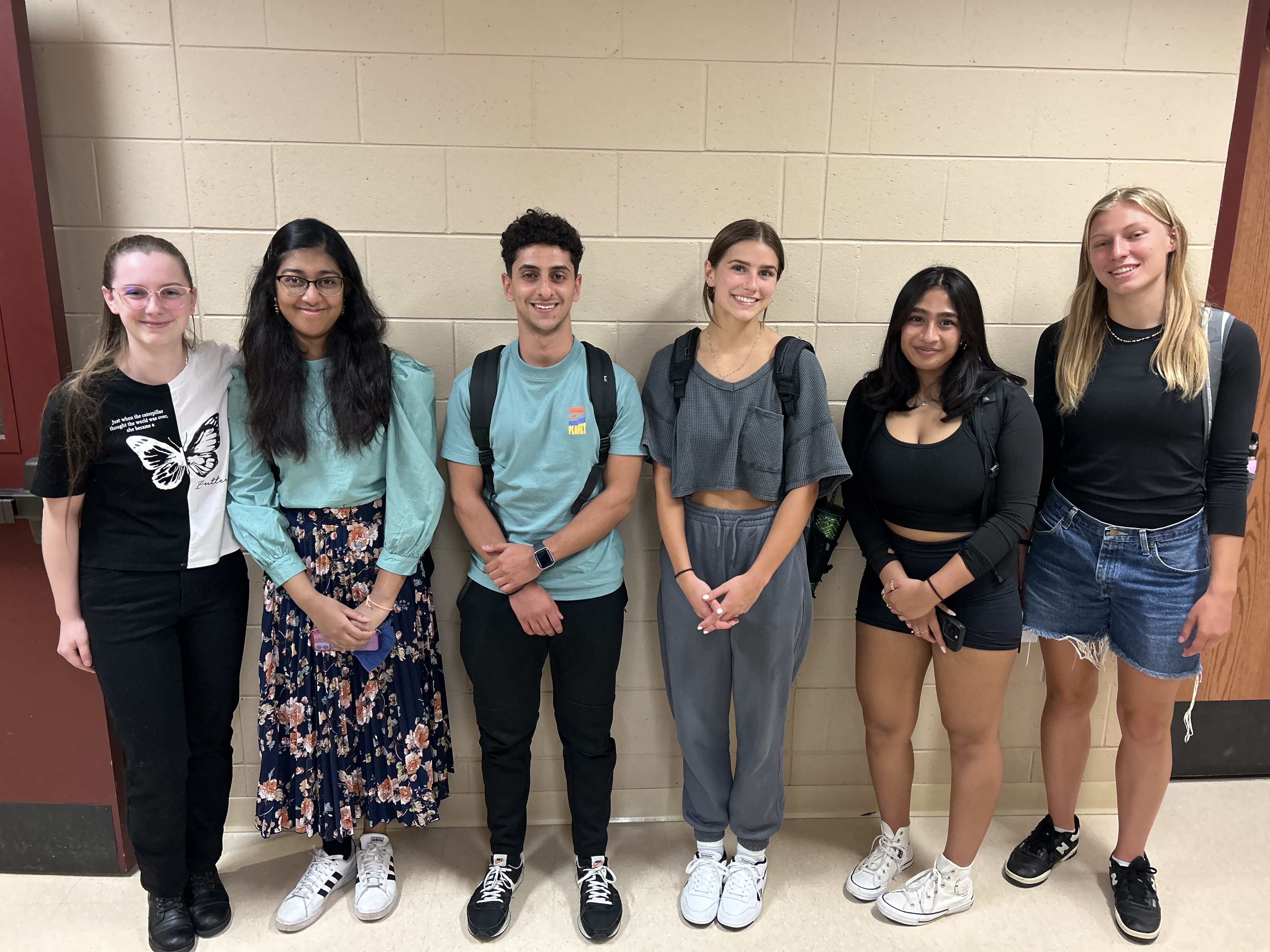Coupling Ultrasound and CT Histotripsy
This project has been secured to protect intellectual property.
Login for More InformationA device for holding the US transducer and coupling medium securely on a patient and the table during a histotripsy treatment.
Project Overview
Histotripsy is an emerging noninvasive, nonionizing and nonthermal focal cancer therapy that utilizes focused ultrasound energy to mechanically destroy tissue. Histotripsy has undergone successful early clinical trials for treating liver tumors and is on the verge of being cleared by the FDA for clinical use with UW likely being the first site in the world to acquire and use the commercial system. In addition, extensive preclinical studies have been performed demonstrating that it can be used to kill targeted tissue precisely while sparing critical structures. In small animal models, histotripsy has elicited desirable tumor specific immune responses with abscobal effects seen in untreated tumors and histotripsy can be used to potentiate immune therapy. A critical limitation to widespread clinical adoption of histotripsy is the current reliance on diagnostic ultrasound (US) for targeting tumors, many of which cannot be visualized on US. To overcome this, our lab has developed an x-ray-based targeting technique using C-arm cone beam CT (CBCT). We have demonstrated that CBCT targeting is accurate in phantom, ex vivo and in vivo environments and are now looking to extend the technique to conventional CT scanners to improve image quality and facilitate treatment of tumors in challenging locations (eg, deeper in the body for treating pancreas tumors). During histotripsy, the therapeutic US transducer is positioned in a bath of coupling medium (degassed water) to couple the energy into the patient. The current device for holding the coupling medium is not suitable for conventional CT scanners as it is too large to fit in the CT gantry, not appropriately designed to be secured on the CT table and causes imaging artifacts. To facilitate development of conventional CT-guided histotripsy, we are seeking help developing a new device for holding the coupling medium securely on a patient during a histotripsy treatment. The device needs to be able to securely attach to the patient table and stay in place during table translation into and out of a CT gantry. Additionally, it should have minimal effects on CT image quality (avoid the use of metal inside the CT bore). The project would have a high impact by facilitating further development of CT-guided histotripsy.
Team Picture

Contact Information
Team Members
- Emily Rhine - Co-Team Leader
- Saivarshini Rishi - Co-Team Leader
- Kshirin Anand - Communicator
- Eva Schiltz - BSAC
- Jackie Behring - BWIG
- Zahed Al-Hajji - BPAG
Advisor and Client
- Dr. Brandon Coventry - Advisor
- Dr. Paul Laeseke - Client
- Prof. Martin Wagner - Alternate Contact
Related Projects
- Fall 2024: Coupling ultrasound energy into patient during CT-guided histotripsy
- Spring 2024: Coupling Ultrasound and CT Histotripsy
- Fall 2023: Coupling Ultrasound and CT Histotripsy
